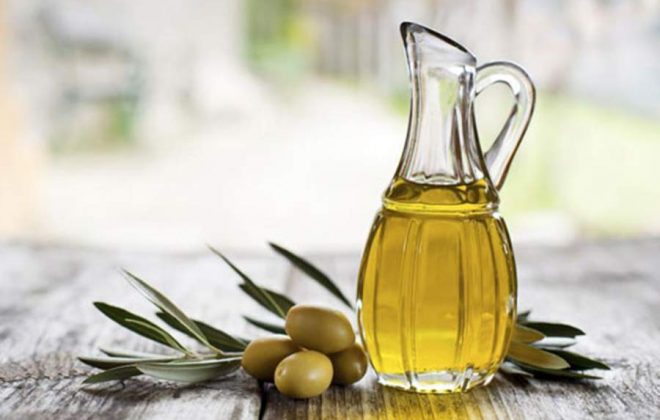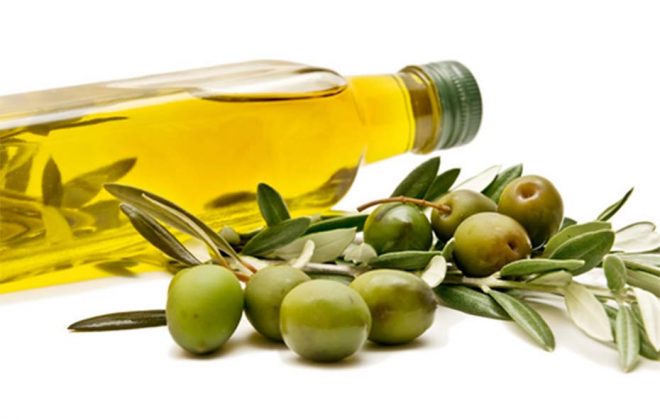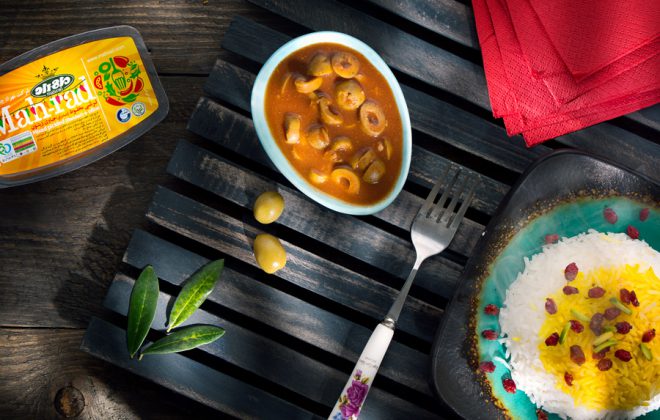Olive and its History in Iran
Olive
Olives are best known in the eastern Mediterranean. Although olive is found all over the world, it first gained popularity in the area. It is also found in northern parts of Iran and Iraq. Olives were commonly used for their nutritional value and medical benefits. The word olive is also derived from the same language and has appeared in the literature and history of the Mediterranean Empire. Olive oil has also attracted the attention of most people because it is very useful for cooking and it has many nutrients but its importance should not neglect the numerous benefits of olive oil.
Olive (with the name: Olea europaea) contains approximately 2 species of small olive trees and is distributed throughout the ancient world from the Mediterranean, North Africa, Southeast Asia, North to South China, Scotland and East Australia. It is broad and always green, with small, united leaves facing each other. The fruit of this plant is a shaft.
History of olive cultivation in Iran
It was previously thought that olive cultivation at Rudbar was 5 years old, but the most recent archaeological discoveries in the ancient hill of Clores Rostamabad indicate that olive cultivation in the area dates back to more than two thousand years ago. And Rudbar has spoken.
And there is no precise information on its cultivation by humans or its wildness. It was first observed in Ali Abad, Gorgan. It is found in both Kerman, Sistan and Baluchestan provinces and is found in the Zagros basins between Shirin and Darab.
There is no exact information on the origin of the plant, but it may have been imported to Iran by Arabs or Greeks. Some have claimed that the olive tree was imported by Syrian refugees from the country, while others consider it to have been imported during the Greek domination of Iran. It is also believed that the olive has arrived from Mesopotamia. During the reign of Sassanid kings Khosrow Anushirvan, the olive tree had a toll, apparently at this time in Khuzestan.
The study of the history and existence of very old trees is an indication of its existence in ancient times. Although it is unclear exactly what the olive cultivation was used for in the past (canning or oiling) until before the invasion of Iran by foreigners, olive cultivation was prevalent in the country, especially in southern Iran, but after the invasion Enemies and Mongol invasions to Iran appear to have been exclusive to Rudbar in Guilan province, with Nassarkhosro’s travelogue also referring to the cultivation of olives in Rudbar.
Mehrad Chashni Toos Food Industry has been able to deliver quality products to its compatriots using the finest olives available in Rudbar.
share
Related Posts
Write your comment
Message text
name
website
Post comment
Checkered items are required






